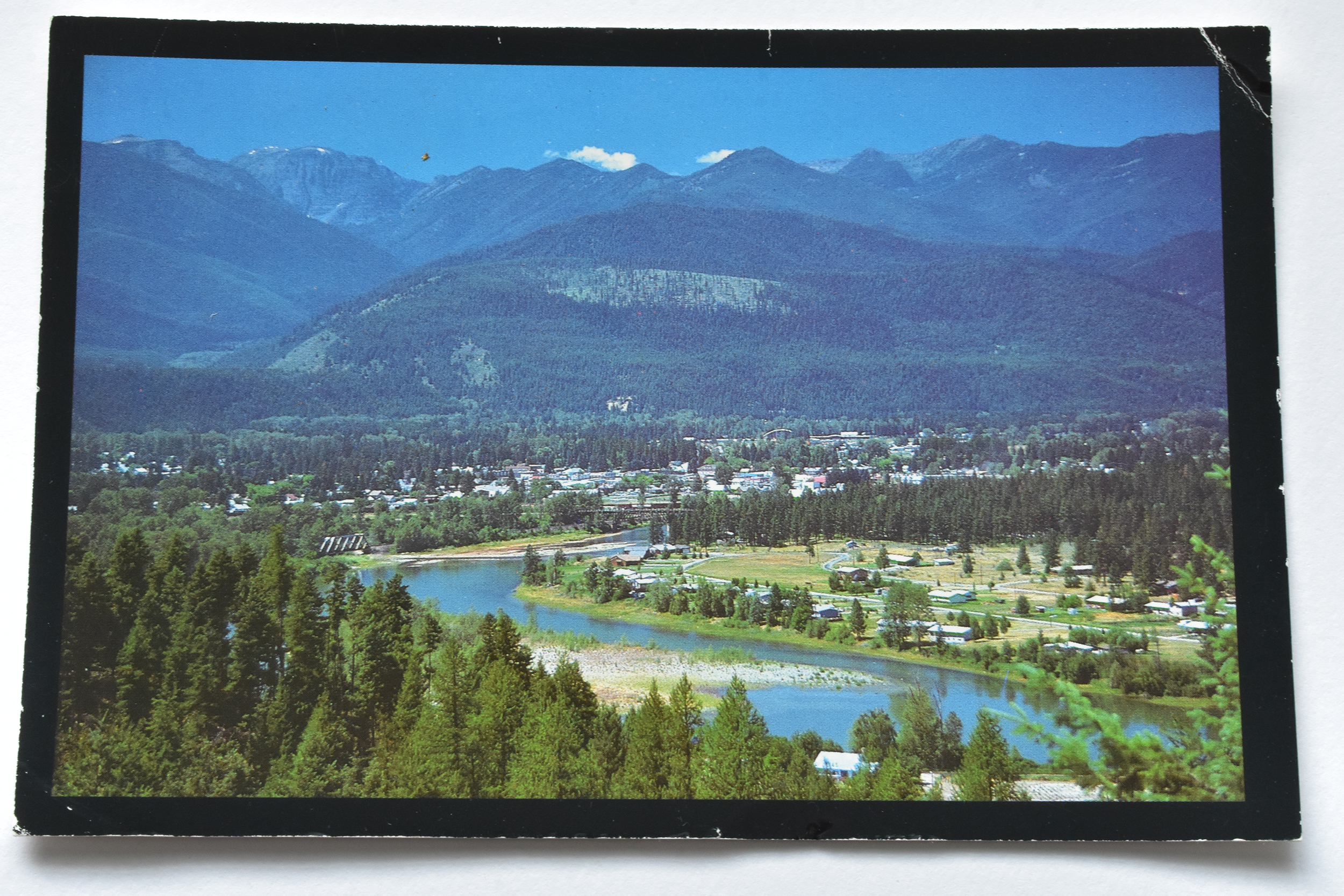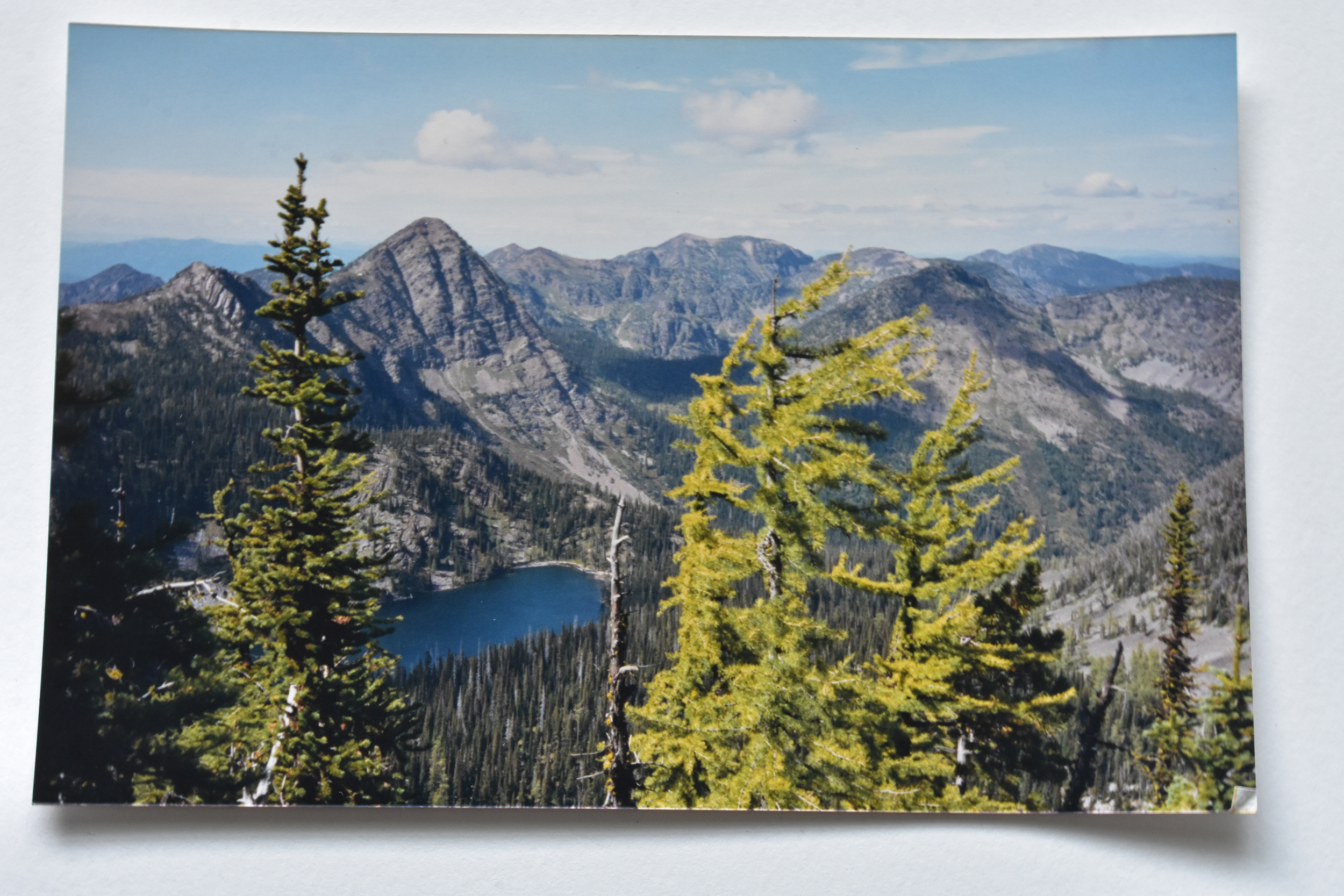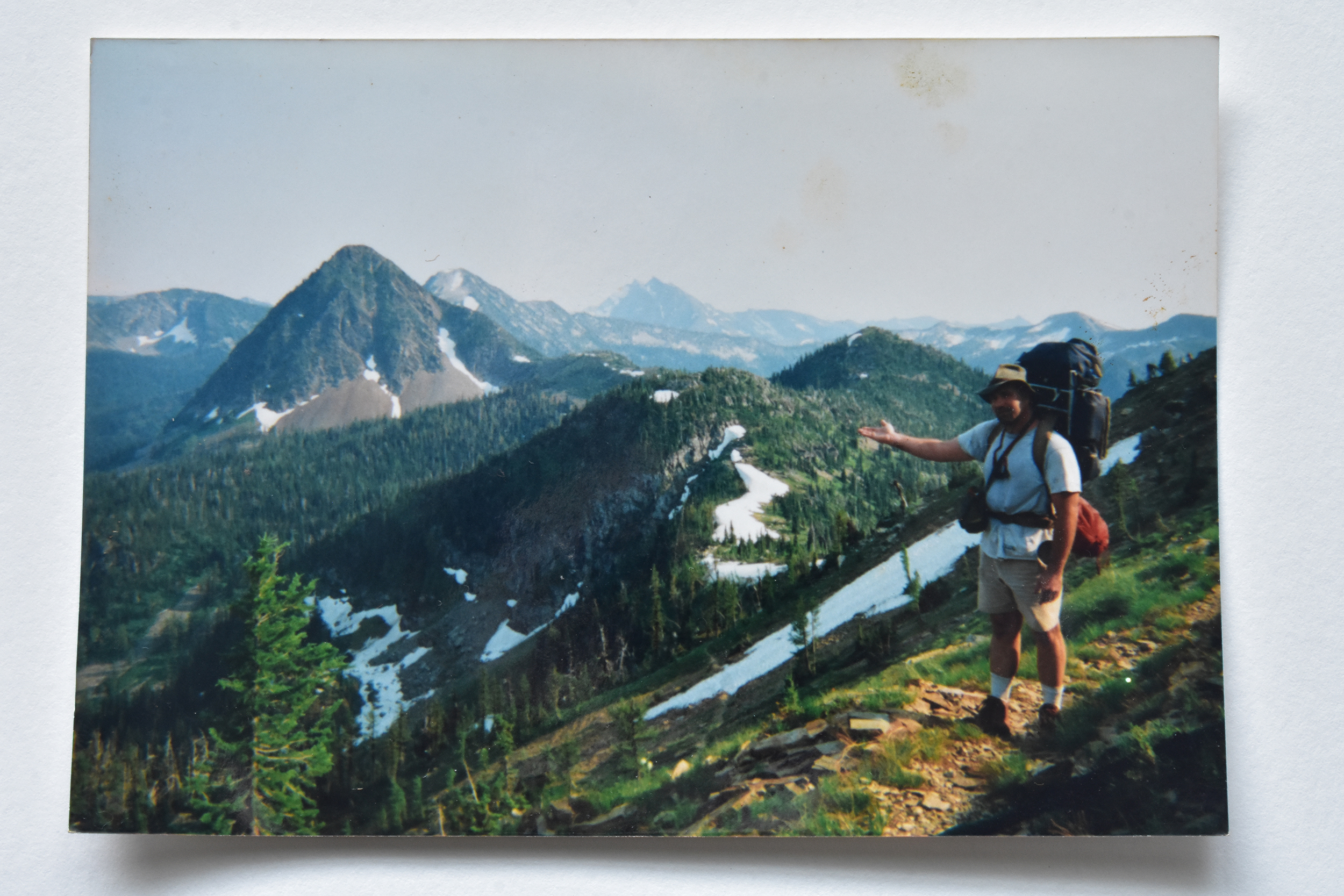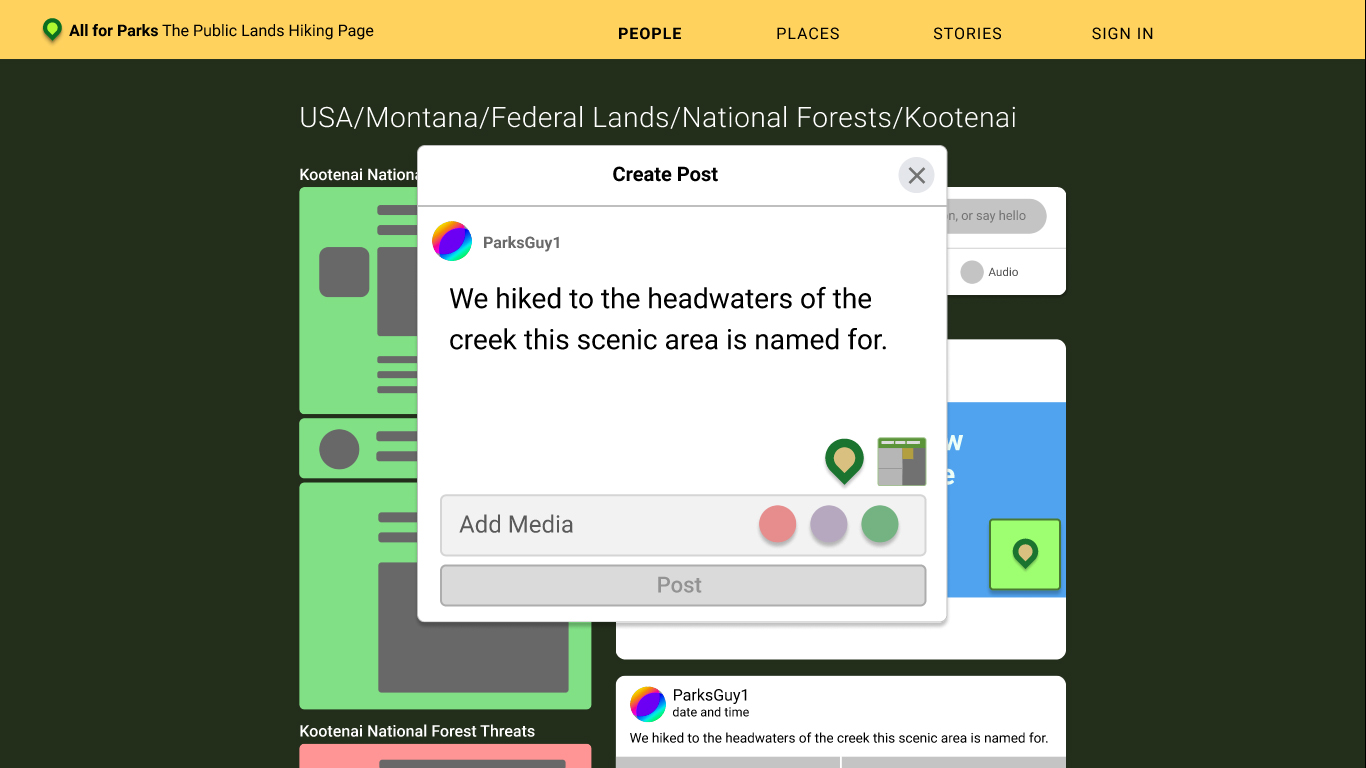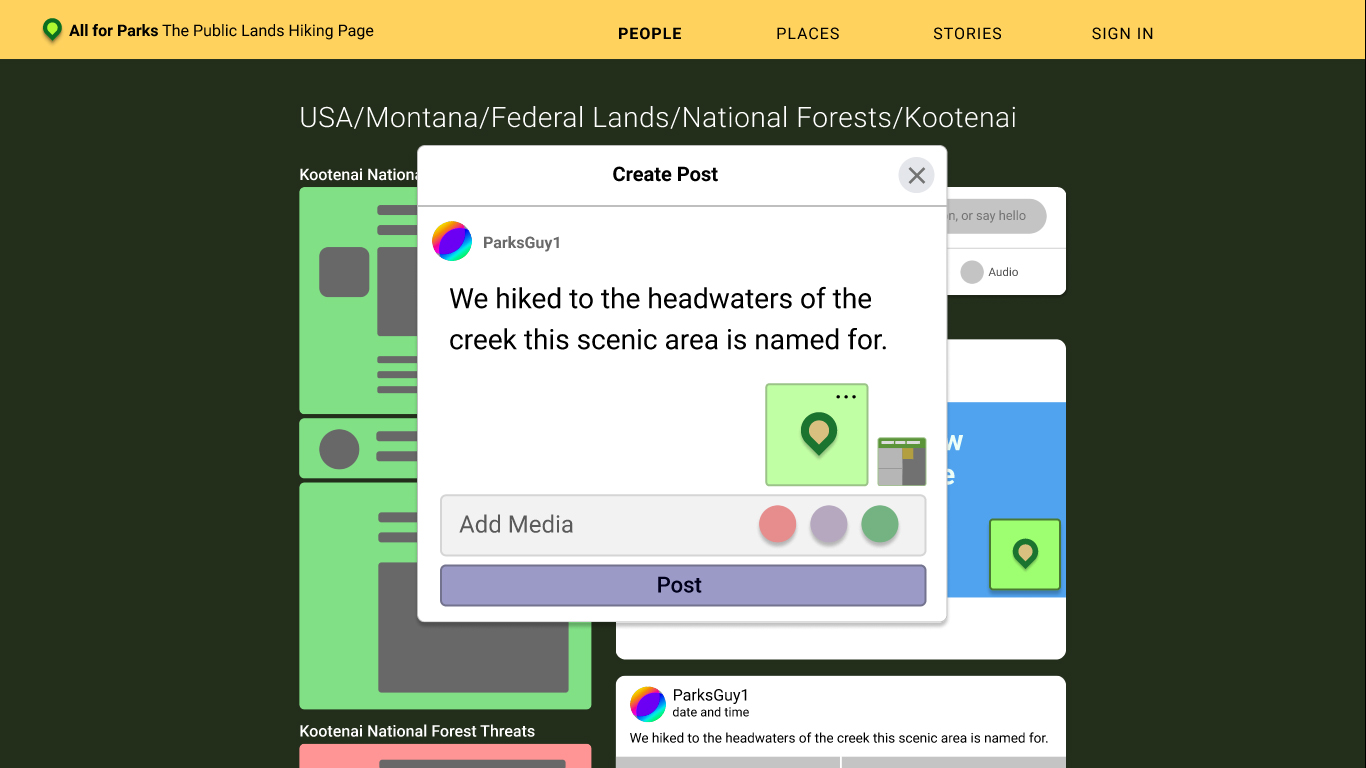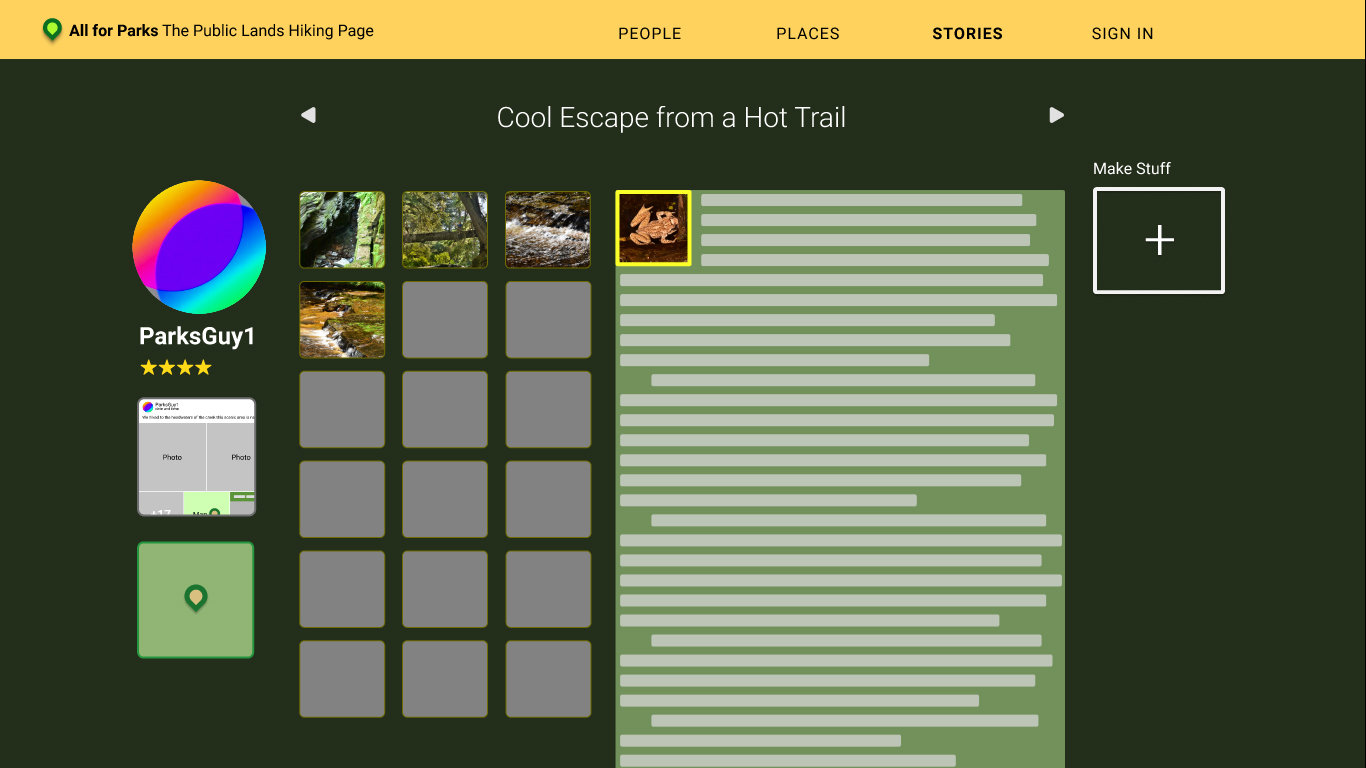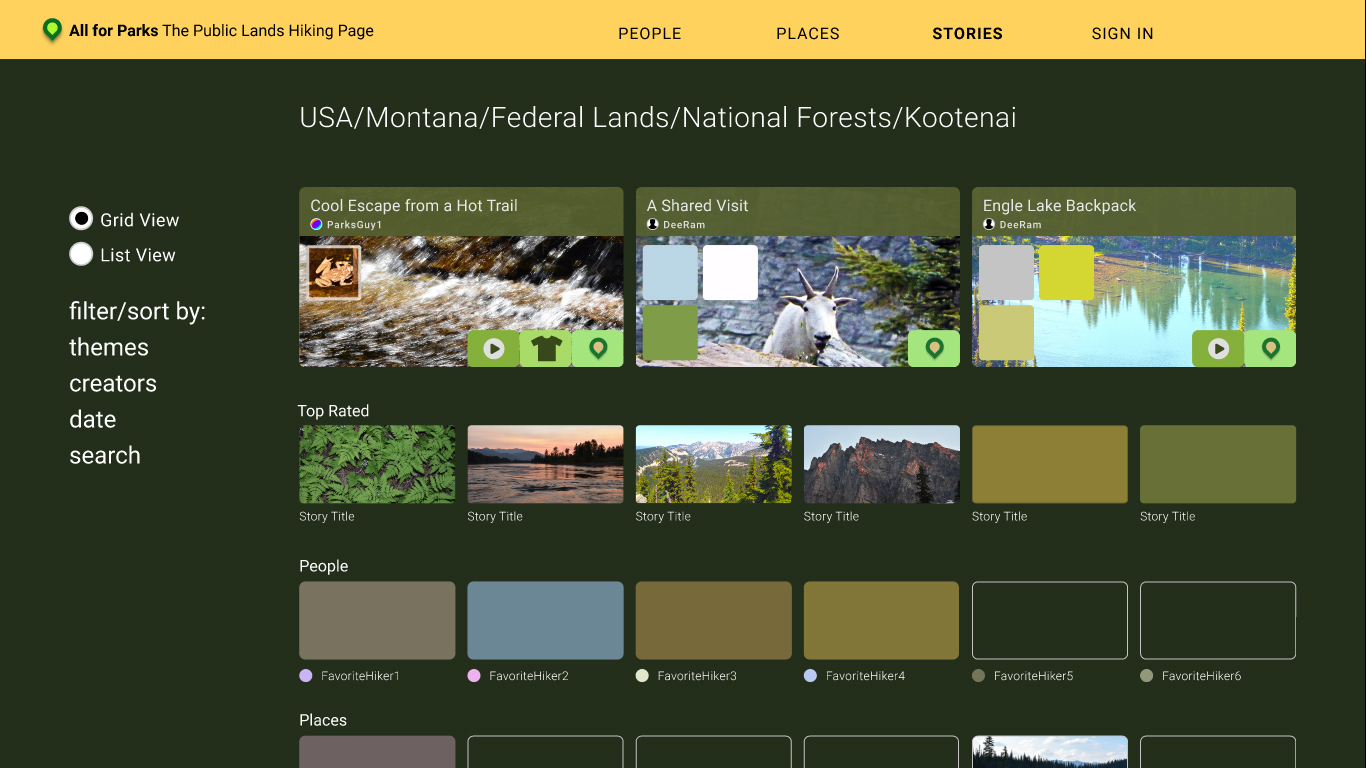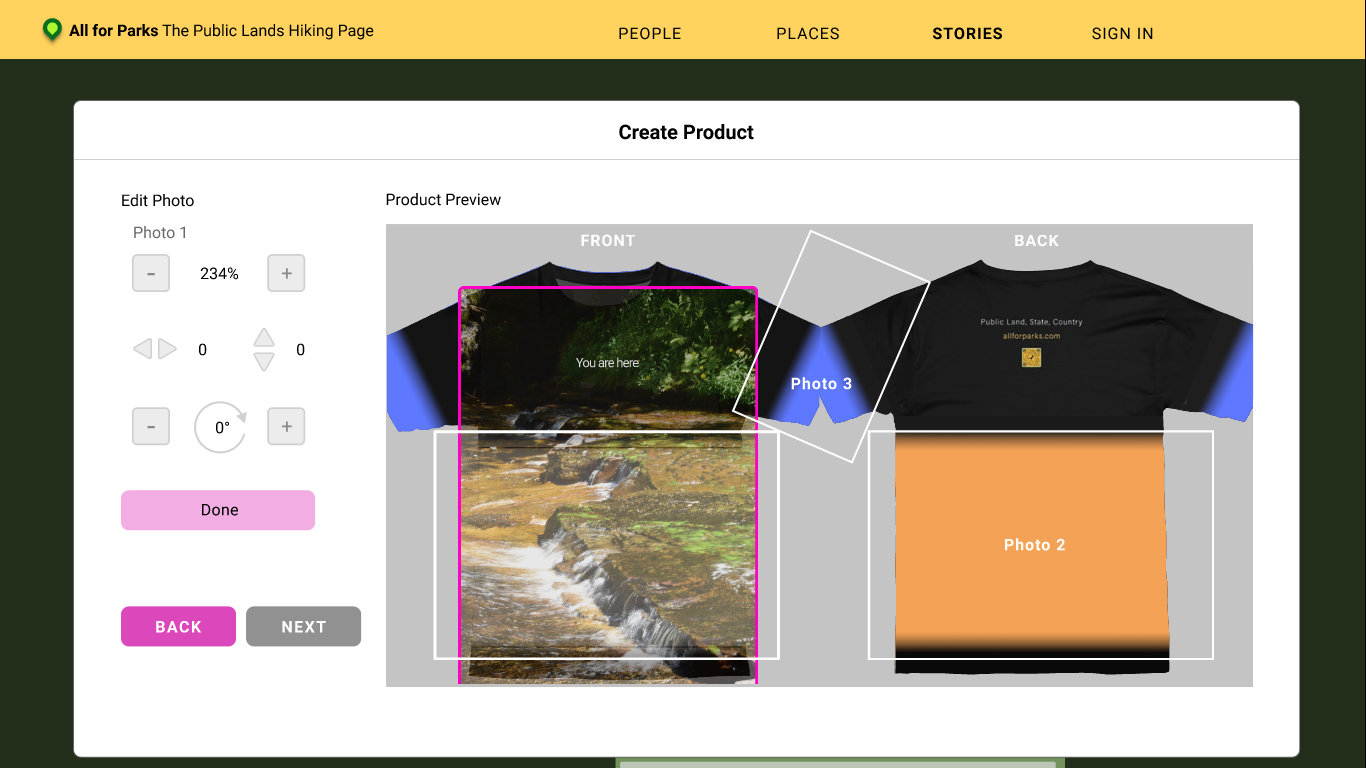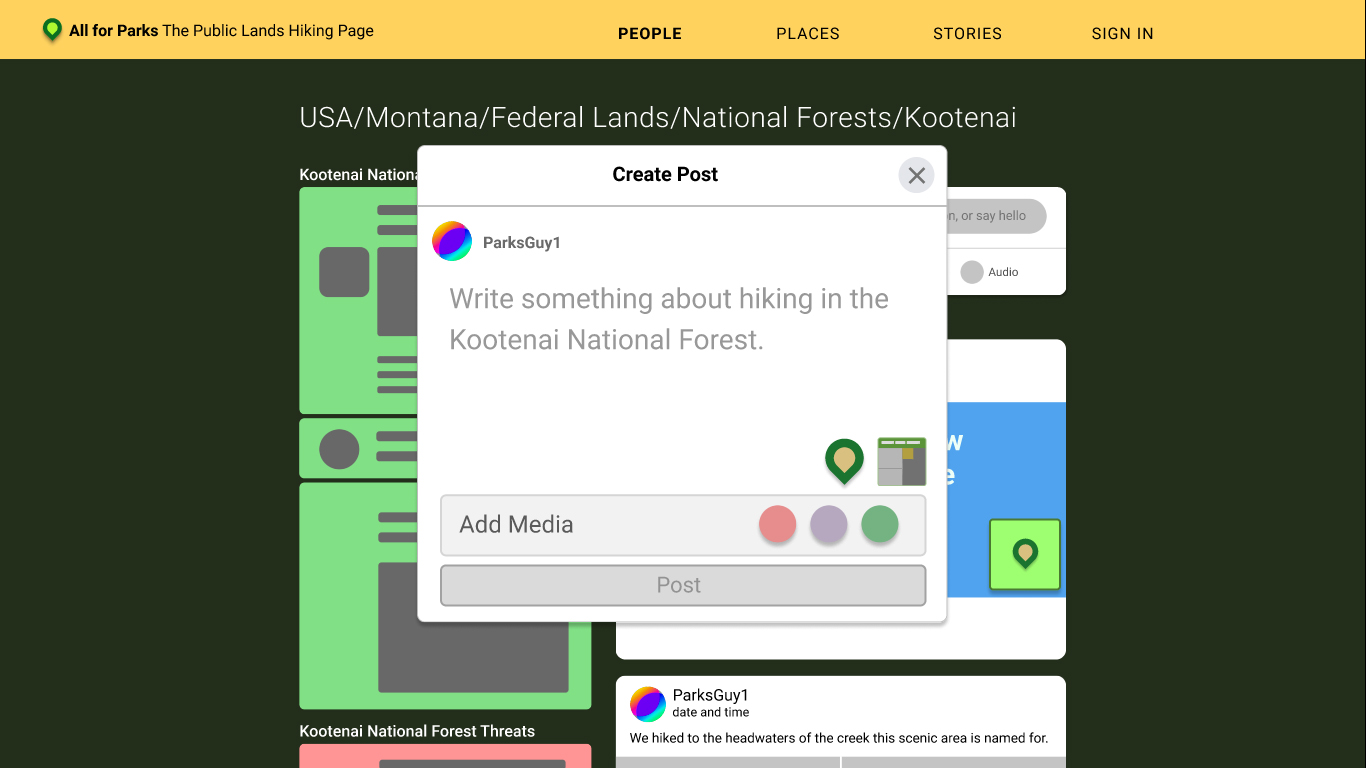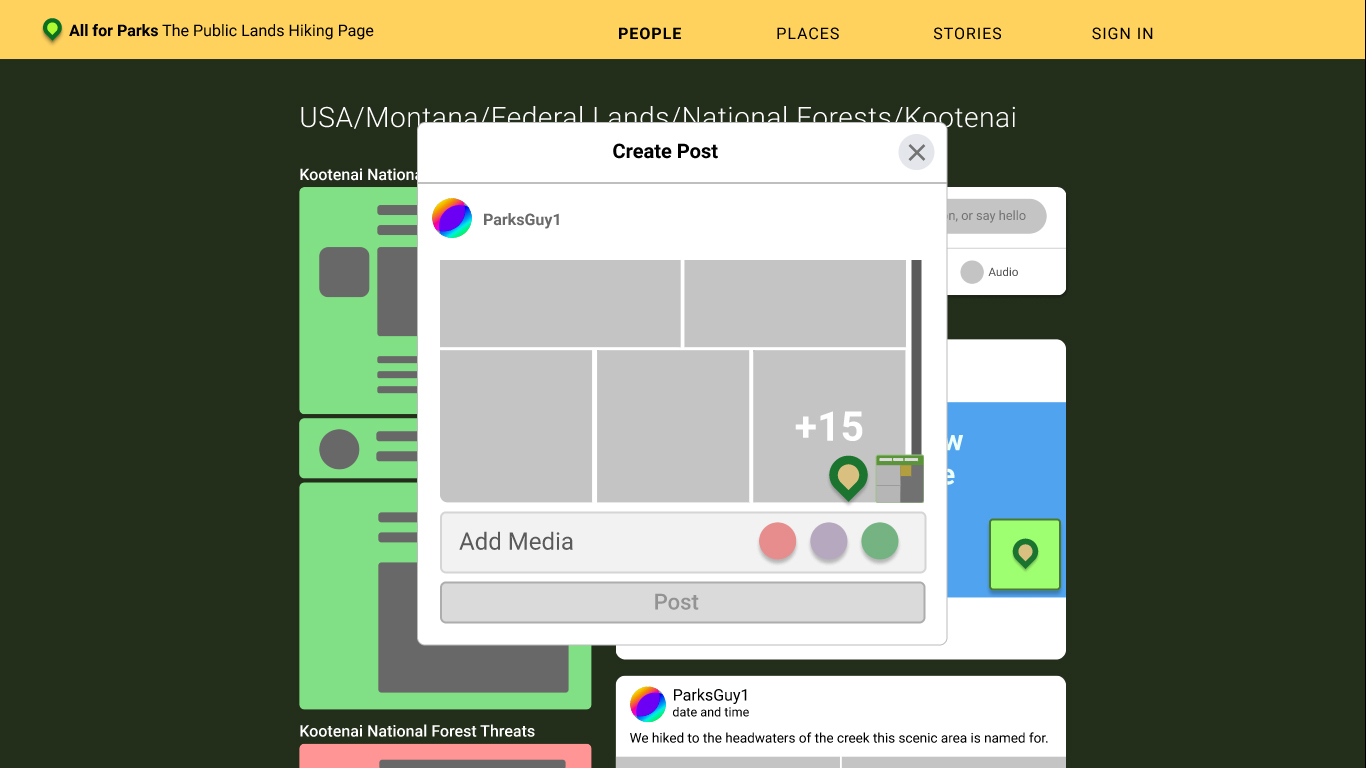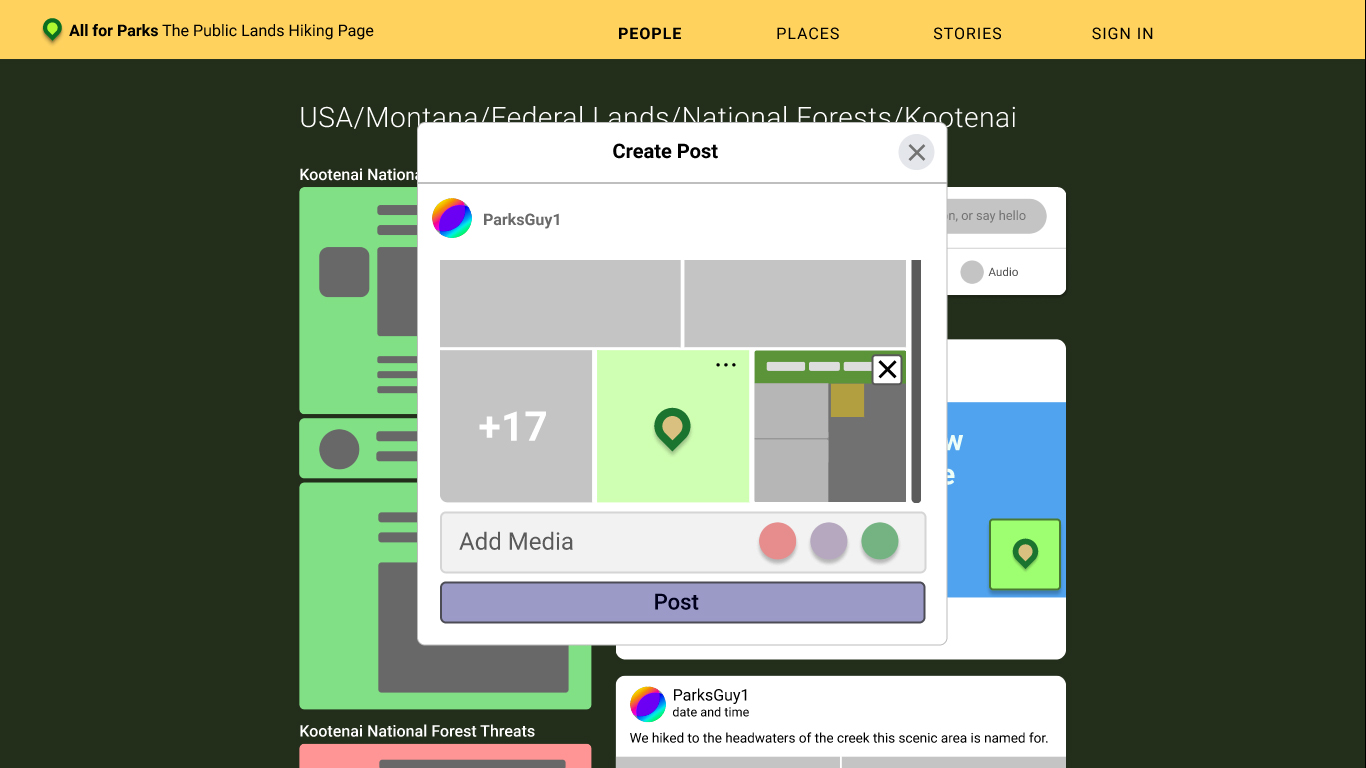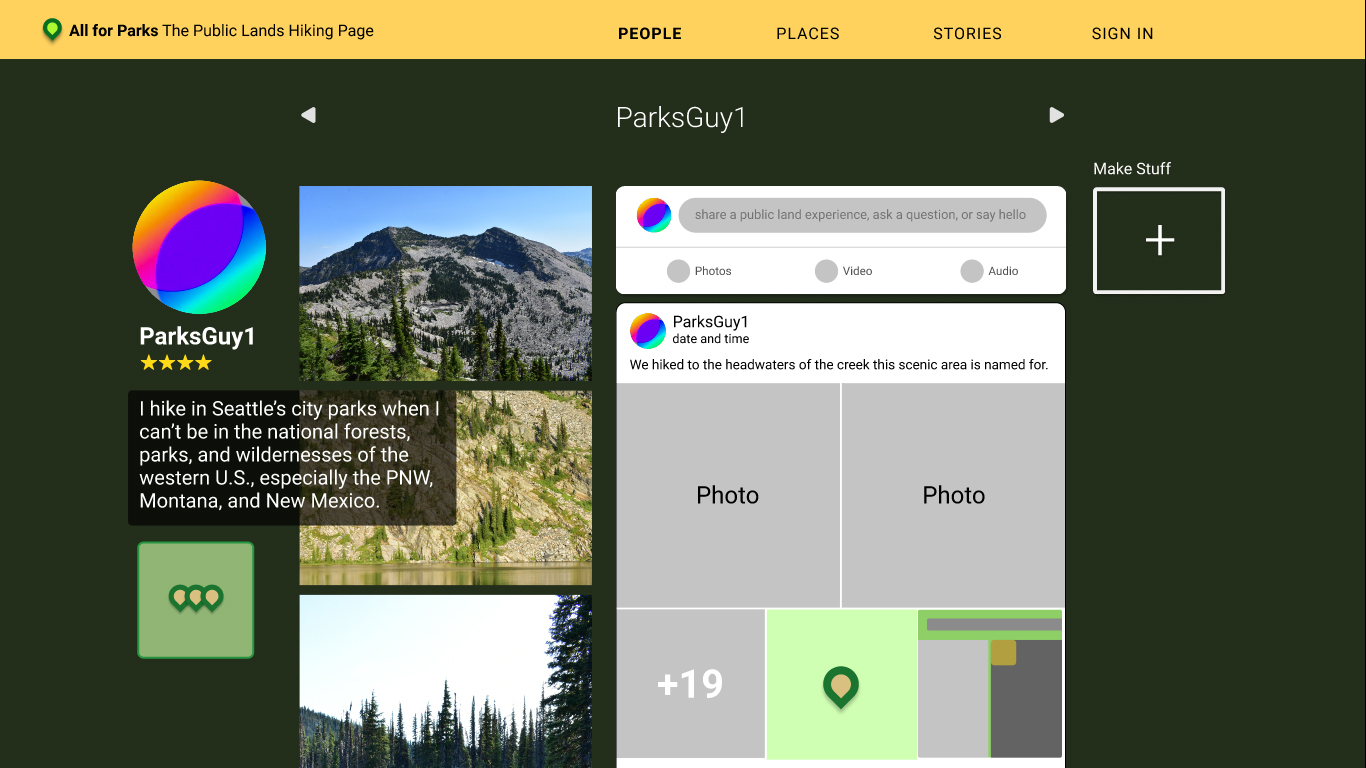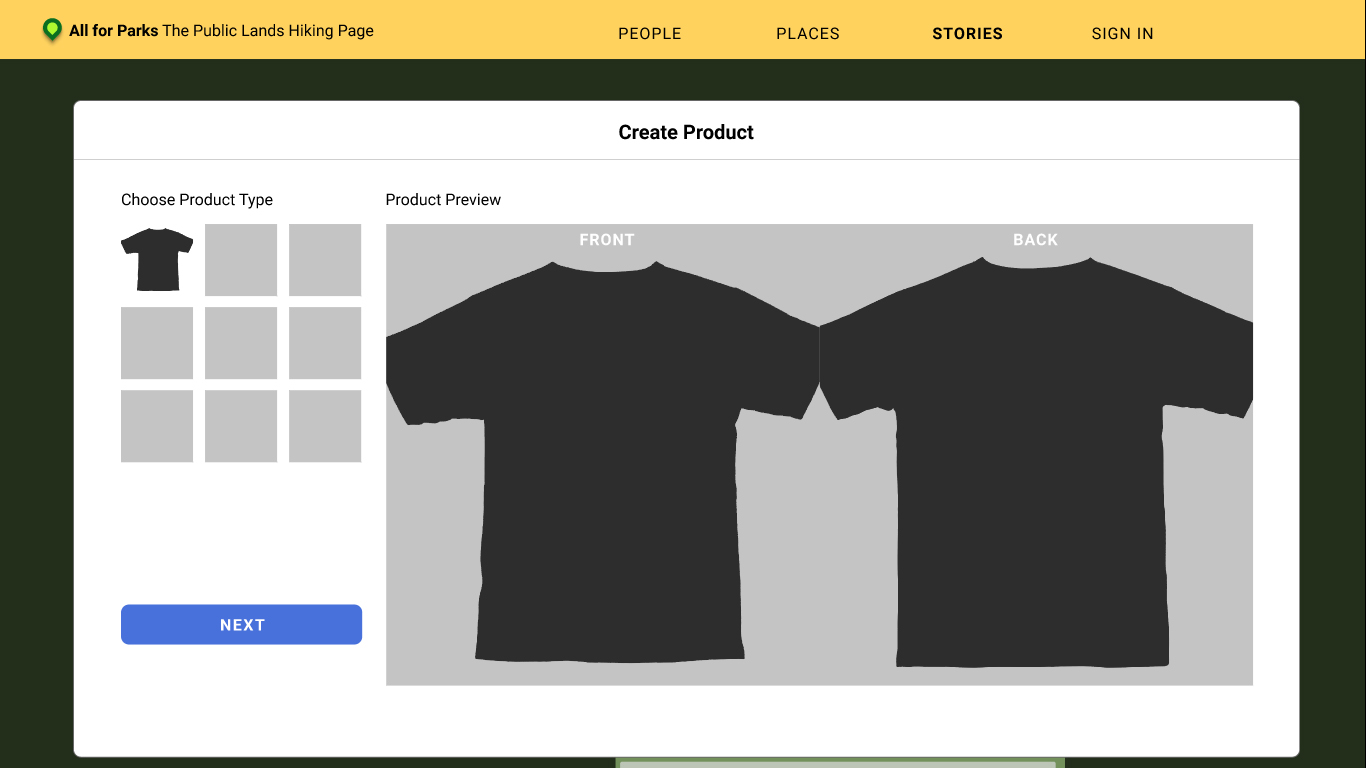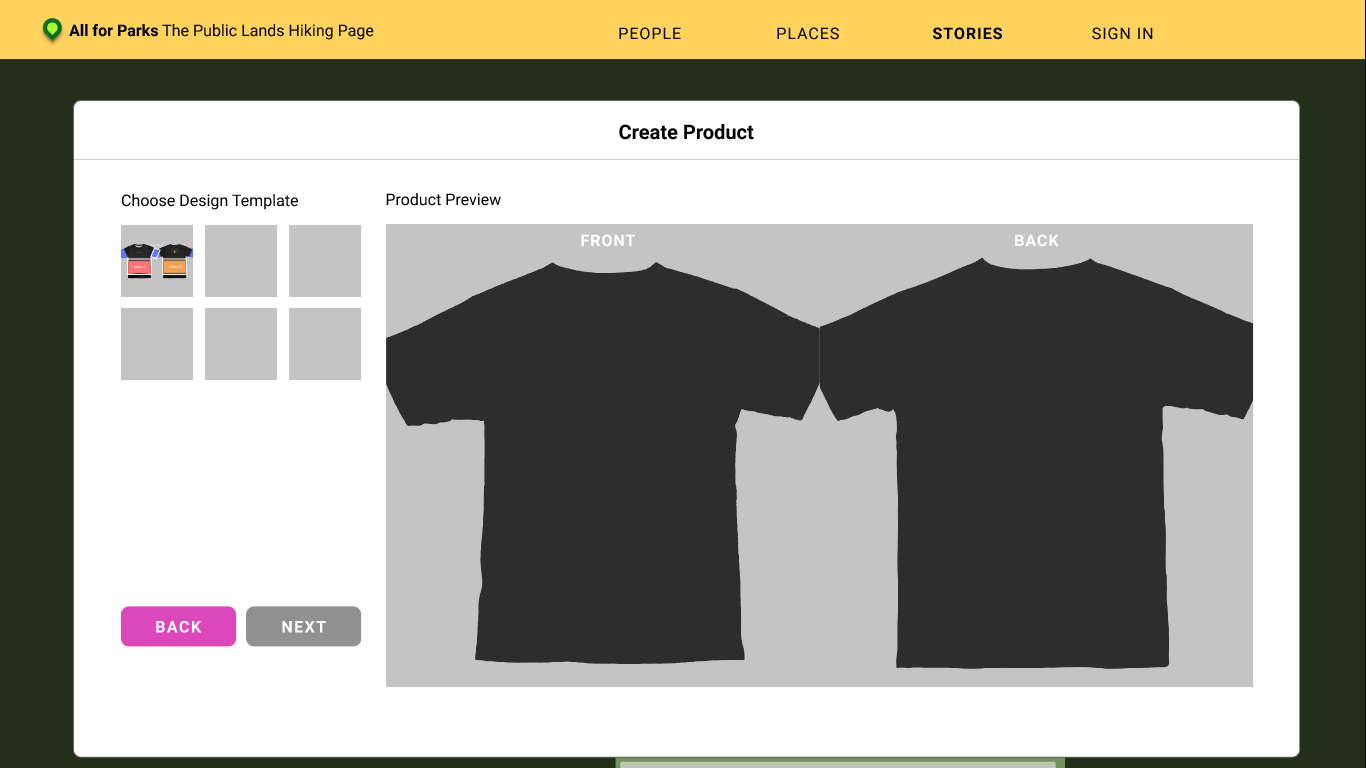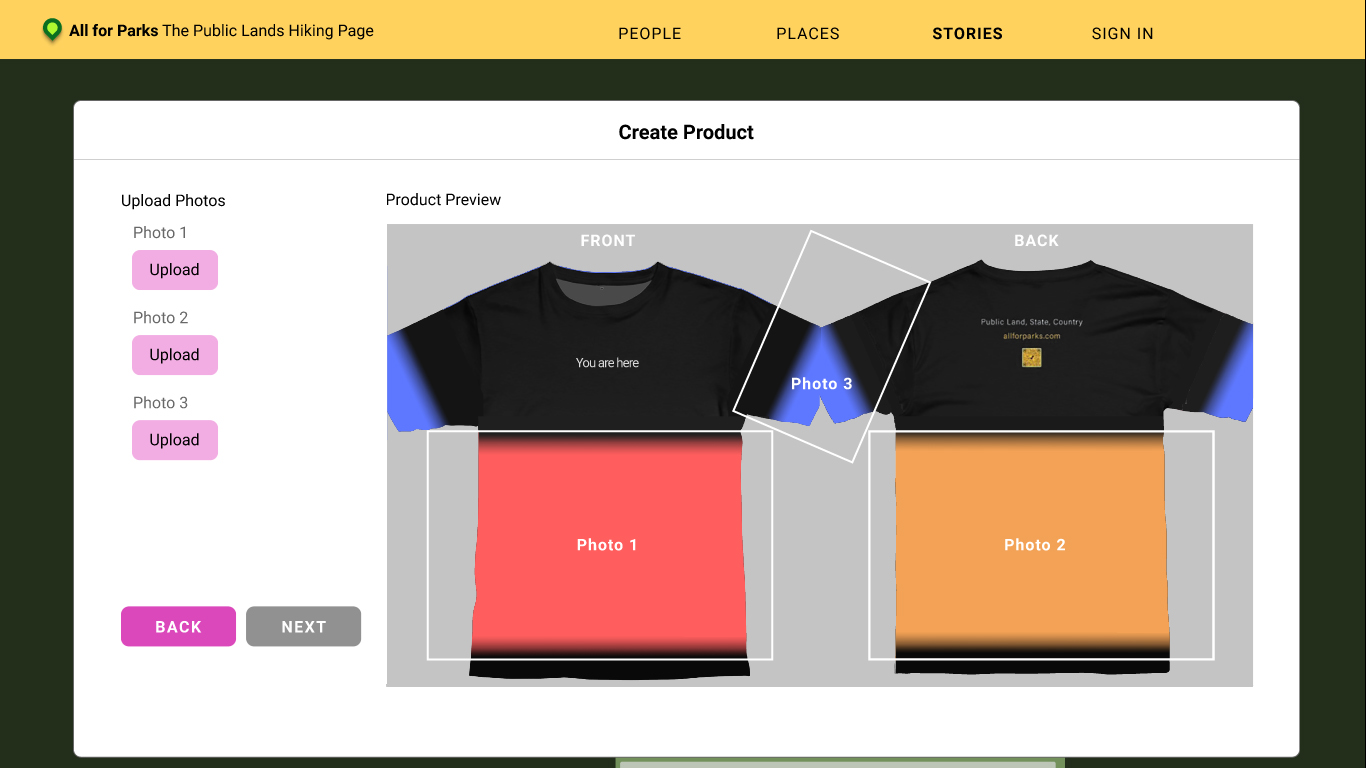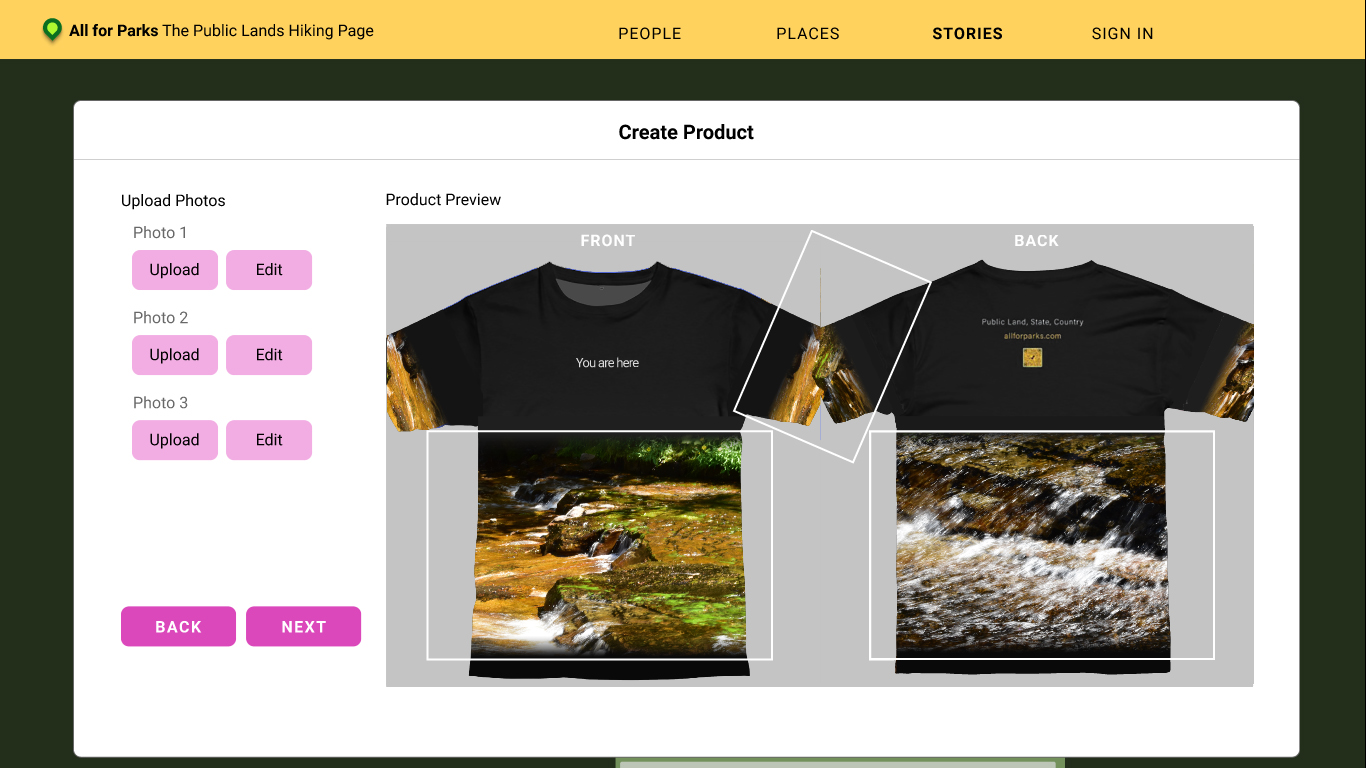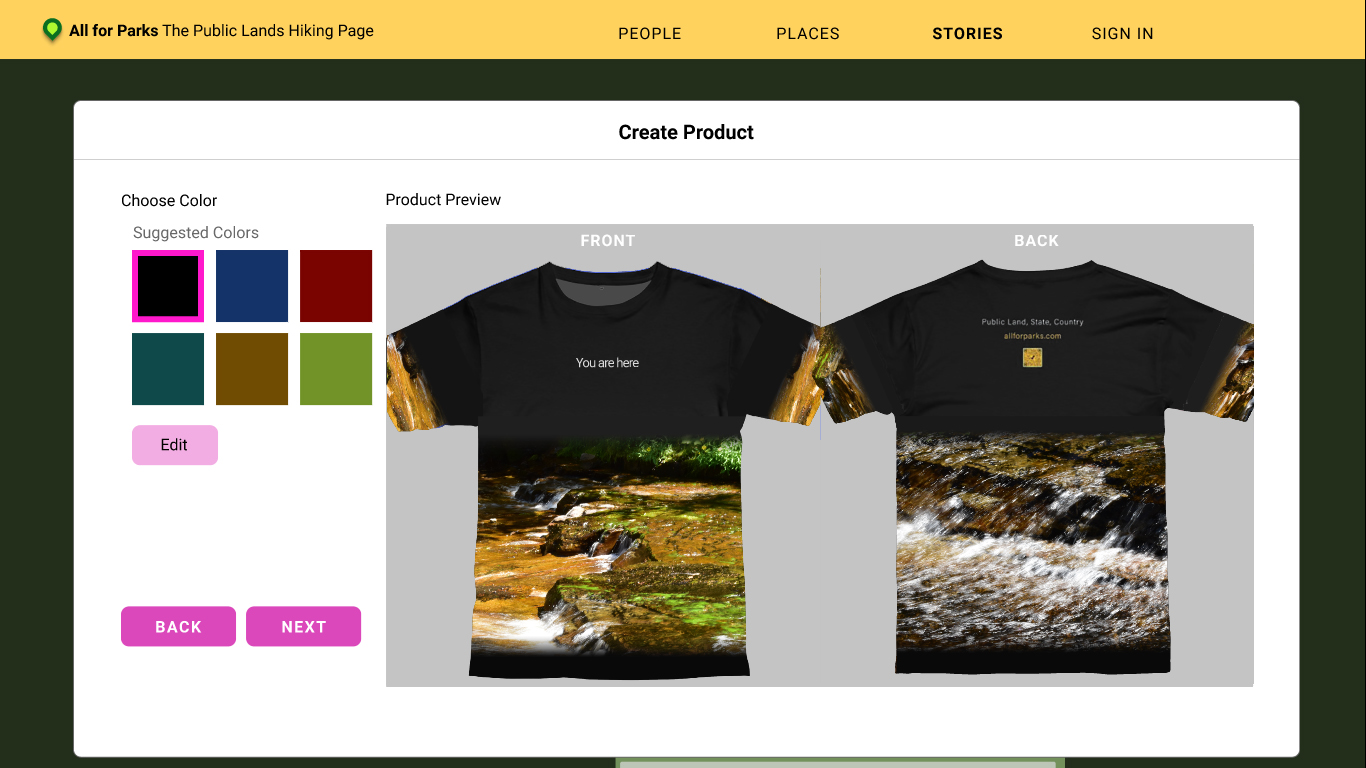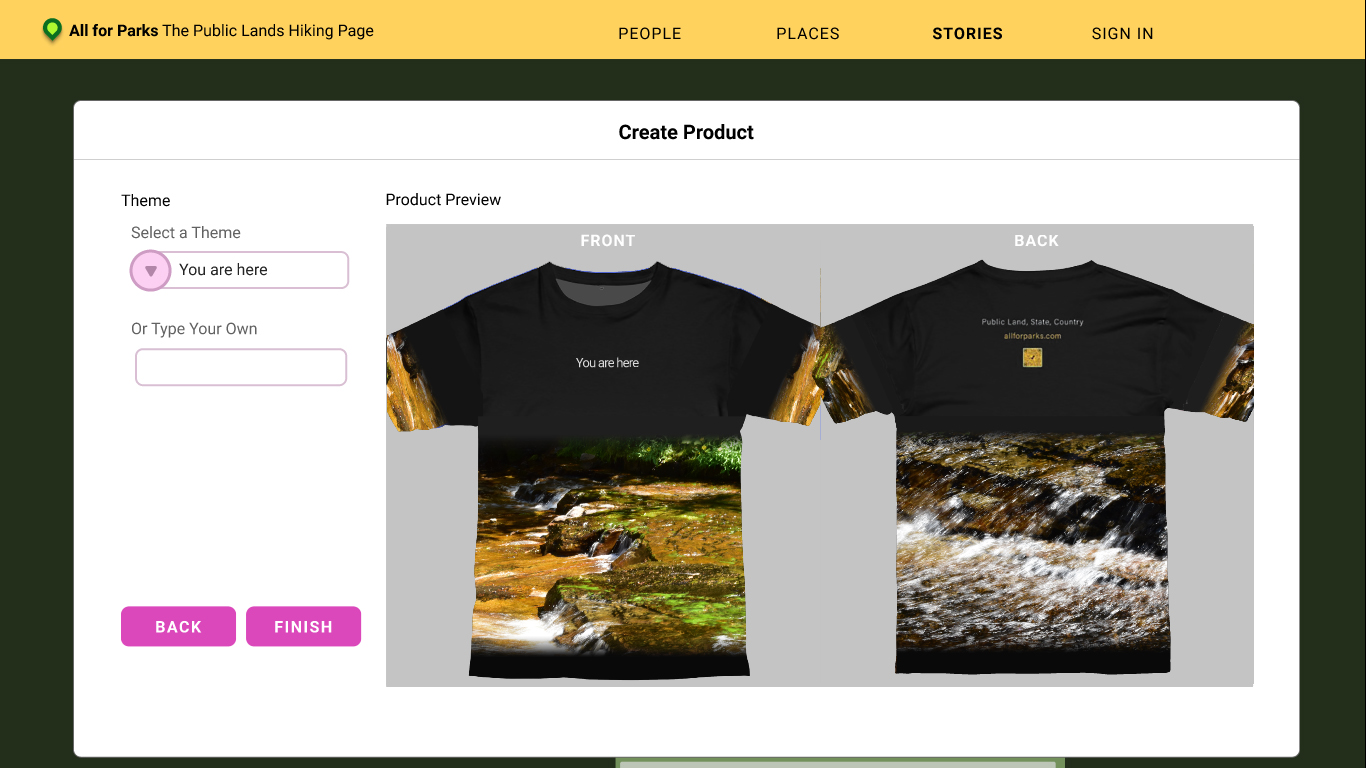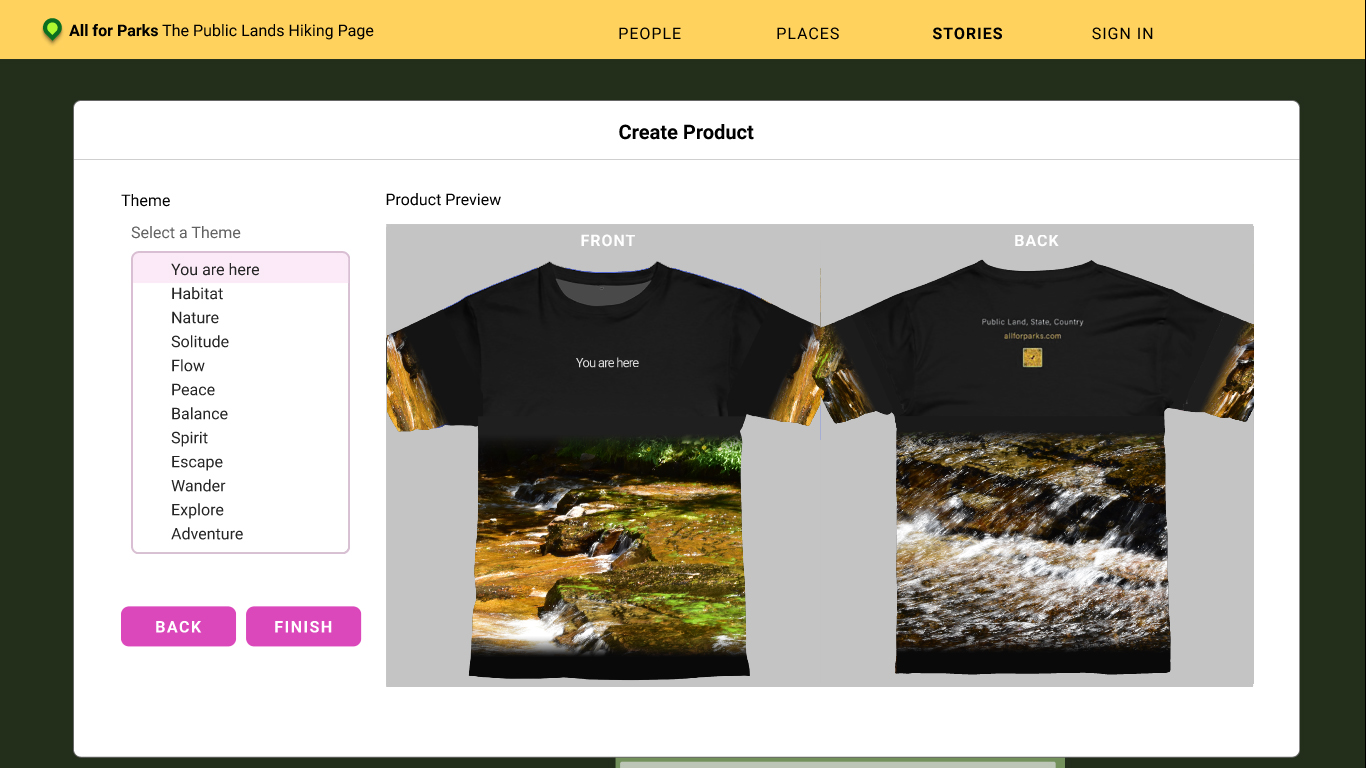- All for Parks v3: Community Based Social Network
Crypto finally caught my attention in the spring of 2021 when this Christie's NFT auction made such a big splash. I consider digital art to be real art, and have often wondered how it might be equally regarded. As I learned more about NFTs, smart contracts, and token networks, I began to understand the potential for web3 beyond the art world. I came to realize it could profoundly transform and improve social networks in ways that support better social outcomes.
In theory, web3 decentralization enables the democratization of user identity, which in turn could reverse the "winner-take-all" effect of web2 social networks, and allow individuals to retain their online value instead of it accruing to a handful of dominant apps. Network incentives are realigned when individuals, instead of apps, own their online identities. This affords the formation of a new kind of online communities better enabled to support collective causes and interests.
I draw from my personal experience as a hiker and my observations of the Facebook group Hiking in the Pacific Northwest for this example, but I think it is representative of a broad class of other activities and associated causes that each could become a free-standing social network in web3.
- Passion for Public Lands
My family moved to Libby, Montana when I was in third grade. Libby is situated on the banks of the Kootenai River, in the middle of the Kootenai National Forest, and on the doorstep of the Cabinet Mountains Wilderness. That move began a passion for outdoor recreation on public lands, and a concern for conservation and stewardship, that have shaped my life.
When I became a wilderness hiker there were relatively few doing it, but many recognized the importance of wilderness, and the threats it faced. A school of thought arose that more people needed to visit these remote, wild places to raise awareness of our need to protect them.
The original intent is under siege. It has been co-opted by business concerns with fundamentally conflicted interests. Manufacturers and retailers of outdoor equipment and clothing, guide services and media, and the travel industry in general all took up the cause, supercharged by technology and greed. The result is overcrowding in places meant for solitude, and competition to find peace in the wilderness.
Over loved and under valued, the very existence of some public lands recently has come under threat from economic and political forces for the extraction of natural resources and the privatization of outdoor recreational opportunities.
- Something Bigger
Years ago I began a hobby of going for walks and taking photos in Seattle's city parks. It was my first experience with digital photography. The parks photos beguiled me. I needed to do something with them, I just wasn't sure what. Eventually I made a series of posters that became All for Parks v1. Later I bought a higher-res camera and began dabbling with applying photos to merch-site products. I found a site that offers T-shirts printed and sewed in a process that covers the entire shirt with your design. It seemed that wearing these shirts might provide a kind of immersive experience. That led me to All for Parks v2.
More about All for Parks v1 and v2 can be found here.
As I learned more about web3 I realized All for Parks should be a much bigger idea:
- Hikers and members of other passionate interest groups are naturally inspired to create as they advance along their journeys.
- Web3 social networks could be a bridge to the creator economy not just for hikers, but for other similarly passionate groups as well, and for many more kinds of creations than just T-shirts and other merch.
- These networks could have potential for real-world influence via tokens, NFTs, and DAOs.*
*I admit that I'm conflicted about crypto because of its contribution to climate change, yet it seems crypto could be harnessed to provide climate solutions as well. I believe crypto is unlikely to simply go away. Hopefully it can find a more sustainable path forward.
The Hikers' Journey
I draw from three main sources to create my view of the hiker's journey:
- My own story
As I wrote earlier, my family moved to the mountains when I was in 3rd grade. My older brother took up hiking and backpacking, and brought me along on some day hikes with his friends. That was the beginning of my journey as a wilderness hiker. Going on a hike is literally a journey, but hiking is a creed as well as an activity. The hikes, places, and lessons collected over time comprise a journey that shapes your life.
For a long time I assumed that my urge to make creations inspired by hiking came from my being a designer, but I've observed that many hikers from other backgrounds are similarly inspired to create.
- A friend's story
A friend who recently returned to Montana demonstrates the close connection between people and places. His return was also an opportunity: each of the past four summers I've traveled back to our small home town for a week of hiking and backpacking with my old friend. Since his return he's taken up photography. I've been amazed at his zeal and the amount of photo gear he is willing to carry to satisfy this pursuit. He has quickly advanced from complete beginner to avid and talented amateur.
- They all do it
I follow a Facebook group of PNW hikers where people post pictures from their outdoor adventures. A cross section of posters there represents the entire journey from eager beginner to wizened veteran. The apparent growth of their motivations is reminiscent of Maslow's hierarchy of needs. There are many posts asking for suggestions, directions, and other kinds of inquiries indicative of beginner status. However, most posts are not inquiries for future hikes, but documentation of hikes already taken. At some point in their journey almost all posters begin to include photos. Many who post there are serious photographers and some clearly aspire to be more than amateur.
Other Journeys
Although these are observations of hikers, I believe that members of other passionate interest groups are similarly inspired to create. Many web2 social network interest groups are likely candidates for transition to web3 communities.
- All for Parks v3
The Public Lands Hiking Page
This re-envisionment is based on Facebook's interest group, Hiking in the Pacific Northwest, but it could be generalized to other interests and groups. In technical terms it may be a network built on top of the Ethereum network using the ERC-20 standard: "Ethereum is inspiring a new wave of token networks. (It also provided a simple way for new token networks to launch on top of the Ethereum network, using a standard known as ERC20)."
Having said that, I still wonder about the eventual user experience of web3. And I'm not the only one. Web3 UX has a long way to go. That's why this project resembles web2. It may be far from the eventual experience of a mature web3, but it's intended to be about users and concepts more than specific appearances, terminology, and interactions.
I used to work for a company founded by Richard Saul Wurman, who is known for coining the term "information architect", and as the founder of TED conferences. The first of his rules for information communication, "People are only able to learn new things in relation to what they already know," is especially relevant for the future of web3. Many transitional phases may be necessary for broad adoption.
Although the following features are specific to a hiking group, I recommend each of them in some form for web3 social networks in general:
- An Organizational Layer for Other Subgroups and Localities
Facebook's group page, Hiking in the Pacific Northwest, is just one of many Facebook hiking groups, but they're not connected to each other. Group members who may want to investigate other regions are left to seek suggestions or search the internet. This seems like a vast oversight. Also, posters often refer to places by name alone: this mountain, this trail, this lake, etc., but there's no way to know if the place is in Oregon, Idaho, Washington, western Montana, or even British Columbia. All for Parks solves these issues with the addition of a global map layer and a requirement that all posts have an accompanying location that can be easily selected from a list of public-lands places. However, new locations cannot be added to the list of known locations, and GPS coordinates are forbidden.
Places/Map Layer
- Cause-Oriented Governance
The FB group page provides no social, ecological, or historical context for the activity, but every hiker who treads a public land bears a responsibility to understand the history and struggle to set these lands aside, as well as the responsibility to protect and sustain them for future generations. They should understand how and why to leave no trace, respect others' desire for solitude, and know the ownership, governance, and rules of the land they're hiking on.
The FB group has the usual rules about polite interaction with others, but no domain-specific guidance or content other than users' posts. Many members are sympathetic to and knowledgeable of these shared tenets simply by virtue of their love of hiking, but it is also apparent that many are not. All for Parks would address these issues by including informational content 'zoomed in' to the context of the selected geographical location. Public-lands news, threats, and governance, as well as opportunities for involvement, appear in a dedicated column alongside the social feed.
Governance information is 'zoomed in' to the selected geographical location
- Optional Story Page
All for Parks provides the option of creating a story page for each user post. The story page is a place where the user can expand upon the original post at a later time with additional photos or other media, further thoughts, etc. It provides a base from which to build upon and add to the experience of a particular hike or adventure. It also provides a 'Make Stuff' feature that encourages users to become creators by selecting an AFP-customized design template for one of many curated products from third-party merch sites prescreened and selected by All for Parks.
Every post can have a story
- Creator Platform
Facebook's group page starts the user's journey, but doesn't complete it. Many hikers post watermarked photos of mountains and lakes and such with their signatures on them, and links to sites where they sell prints of the photos. It seems this must be less than satisfying for many, if not a complete dead end to their journey. Yet this is a common use case, and, I believe, an overlooked opportunity.
It's reasonable to believe that the inspiration to create is shared among most hikers at some point along their journey, even if they aren't necessarily drawn to photography. Photographs are the obvious first choice for most, but other types of creations, media, and even multimedia creations and collaborations, could be popularized by providing tools for them, resulting in an ongoing cycle of increasing awareness and demand.
All for Parks would allow hikers to create products without leaving the site. All for Parks could identify the best products and the best merch sites and develop well-tested design templates for them, saving individual creators the time, effort, risk, and frustration that they would typically encounter when going it alone. Further, as a platform and community for, and of, creator hikers, All for Parks could provide the brand and following that most individual creators lack when opening their own merch-site stores.
Current merch sites cast too wide a net and lack focus by offering all the possible tchotchkes and other cheap items imagineable. Careful consideration of the quality and selection of the products offered is a key element of brand building. Aspiring creators could take advantage of the All for Parks brand as a springboard to help them become a brand in their own right.
Curated products and design templates with improved UIs
- Figma Prototype
Despite Drawbacks, Merch Sites Can Play an Important Role
Despite poor quality control, 3rd-party merch sites can be seen as a fulfillment partner for little or no cost. They also provide, for free, the ability to create a branded storefront within their site. Improved quality control could come later as All for Parks grows its brand leverage. In the interim, All for Parks could provide an improved experience and better quality by offering customized product-creation UIs specific to its own design templates.
The following clickthrough is based on this interactive Figma prototype. A simplified and enhanced UI for creating the All for Parks v2 shirt is shown as an example. It can provide improved control and ease of use in comparison to the merch site's UI because it is specific to this particular design. Other merch sites' UIs for their products could be similarly improved for specific design templates.
All for Parks v3 clickthrough
The planned creator platform is deliberately downplayed in this visualization. The social features and map layer are emphasized first, to grow the community. Attaining sufficient user growth, referred to as the "bootstrap problem," is a significant challenge in web2, but community tokens are seen as a way for new social networks to overcome this problem in web3. As sufficient user growth is attained the products feature would naturally begin to catch on. As more users become aware of the feature and try it out, All for Parks can request feedback and suggestions for other product types and designs in a virtuous cycle of improvement.
At some point along this path simple NFTs could be included among the product types. As simpler NFTs begin to gain acceptance more advanced and more powerful concepts could be introduced.
- Future Vision
Suggesting that hikers are inherently creators who would like to make T-shirts may sound similar to saying crypto can help solve climate change. How do crypto and merch fit into the wilderness ethic?
Simply popularizing public lands is not enough to save them. These lands have traditionally been subject to a societal mindset based on extraction. Even the current equipment-manufacturer-fueled outdoors craze is another form of extraction. Overpromotion and tourism are not the answer.
A stories-based creator economy for a web3 network of hikers could extract value in a more sustainable way while perpetuating informed, responsible, and respectful use by visitors. These values are presumed to be held by the core of the hiking community already, but they are underserved and dissipated by the current social network model.
Initially, All for Parks would help hikers create physical merch, but in the longer term it would employ crypto technologies to provide many other kinds of creation experiences and opportunities for hikers, both digital and physical, and in between. I'm fascinated by the potential for transactions in the metaverse to influence real-world outcomes. Blockchain-enabled technologies could provide a path for hiking advocates to have actual skin in the game of protecting and preserving public lands for all.
- Outcome
This project was born out of passion, concern, and promise. The outcome remains to be seen, not just for this project, but for public lands, web3, and society as well. Web3 is still far from its eventual form and this project is a mash up of ideas. It could be way off base, or not. I hope that it offers useful food for thought if not more.
